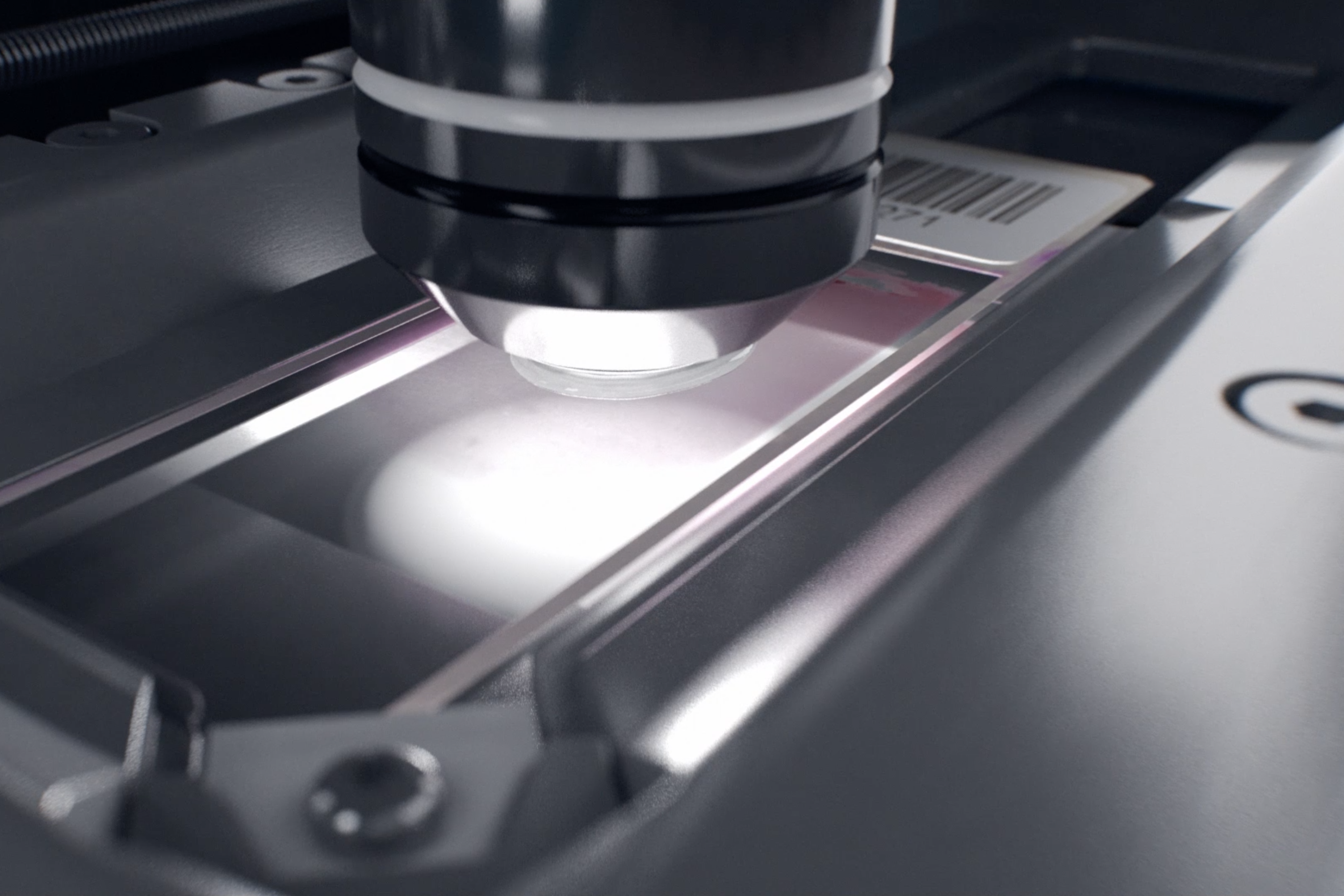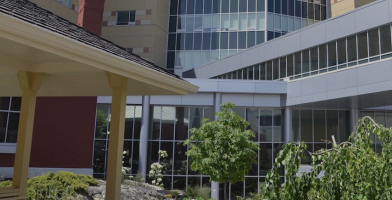Part #1: Less stress, fewer errors
As stress levels rise, errors creep in. To minimize mistakes in their hematology workflow and maintain top-quality patient care, Dr. Ananthvikas Jayaram and Dr. Sujay Prasad of Anand Diagnostic Laboratory, India, installed Digital Cell Morphology technology to create a healthier, happier workplace for their staff.

Introduction
Hematology laboratories face many stressors—a prominent one being the handling of slides for cell differentials. This process can be disorganized, error-prone and time consuming: slide trays accumulate at workstations, can be misplaced, moved or used by colleagues, and suffer accidental breakages. Technicians must root through copious samples to find the one they need, wasting precious time and effort.
As slides pile up, stress piles on, and a stressed mind is one at risk of making mistakes. “A root cause of errors in our laboratory is staff stress,” agrees Dr. Sujay Prasad, Technical Director of Anand Diagnostic Laboratory. “When staff get stressed out, errors start creeping in.”
Established in 1974, Anand Diagnostic Laboratory provides specialized and routine diagnostic services to patients in Bangalore, India, with a strong focus on patient care and quality of results. “We take a very patient-centric approach,” explains Dr. Ananthvikas Jayaram, Chief of Lab Services at the organization. “We believe that the patient is the sole reason for our systems, and whatever we do is towards achieving our ultimate goal: to improve the care and services we can offer to the patient.”
Prioritizing the patient—always
This patient-first mentality underpins everything at Anand Diagnostic Laboratory. To continue their focus on providing the best possible care to all patients, Dr. Jayaram and Dr. Prasad wanted to ensure that every single one of the thousands of blood cell counts and differentials they process each week is performed with optimal accuracy, consistency and reliability.
To do this, they decided to rethink the very nature of their hematology workflow. Rather than sticking to a stressful and disorganized manual process based upon fragile physical slides, the laboratory sought a way to streamline their processes to improve efficiency, reduce the pressure on their staff and, crucially, minimize error.
Almost instantaneous
After exploring possible routes forward, the potential of digital cell morphology (DCM) captured the attention of both Dr. Jayaram and Dr. Prasad and fired them with enthusiasm. They installed DCM technology at their laboratory in Bangalore: a CellaVision analyzer, which has been up and running since late 2018.
Once the system was fully installed and ready to use, Dr. Jayaram immediately noticed a difference in the laboratory. Systems became integrated, workflows became streamlined, cross-consultation became easier—and pressure on staff eased off.
“The system made an impact in just a couple of days,” enthuses Dr. Jayaram. “It was revolutionary: the change was almost instantaneous.”
Stay tuned for Part #2.
News
Overcoming the challenges of distributed working #3
Expertise on tap Like so many small laboratories, VIHA’s more remote spoke sites found it difficult...

Overcoming the challenges of distributed working #2
Confident, consistent, competent Alongside fast, remote access to data and expertise, the...

Overcoming the challenges of distributed working #1
Hematology laboratories are under increasing pressure to do more with less. To alleviate this stress...
